Ambrose Alumnus Reflects on Vivacity Competition
Ambrose business students joined other business students across Calgary at the first Vivacity competition Mount Royal University in 2015, which was a 24 hour challenge focused on coming up with innovative, sustainable, implementable solutions for specific spaces in Calgary that were underutilized. Alumnus Brayden Boerchers describes the 2016 challenge here as well as his participation in the 2017 civic innovation course. Brayden graduated from the Ambrose business administration program in 2017. He then went on to work with Ambrose’s Canadian Poverty Institute as a researcher and with Apple as a sales specialist. He is now a business account manager with Apple, continuing to use his abilities to plan and collaborate. Currently, two Ambrose students are taking part in the 2019 course at the new central library, focused on Calgary's new economy and the role that the creative and cultural industries play and will play in re-imagining our city. Here, Brayden reflects back on a pivotal Ambrose experience that helped him develop some of these key skills.
Vivacity, a Pivitol Experience
In November 2016, I participated in the Vivacity 24-hour challenge, which is a collaborative effort where multiple students from universities across Calgary come together to work on a key problem that has been identified in Calgary. We were broken into groups and had to come up with an idea and then present it to a panel of judges at the end of the 24-hour challenge. The challenge I was involved in consisted of finding a solution to the problem of having a 25% office vacancy rate in the downtown core of Calgary. On top of that, we were also encouraged to think of ways in which we could incorporate arts and culture more into the downtown area, as this is something that had been identified as lacking and a part of the reason why the area was not nearly as vibrant after work hours.
At the start of the challenge, each team was tasked to generate ideas on what could be done with this vacant office space that would also attract more young people and people in general downtown after the work day and on the weekends. From these ideas, each team had to narrow it down into a single vision and from there develop a basic business plan that included operations, costing, and a marketing strategy that included a target demographic.
Initially it was easy to come up with a swath of ideas as to what we could do with vacant office space, but narrowing it down to a specific idea proved challenging. We had to consider how each idea promoted arts and culture in downtown, as well as the dynamic between what team members thought was a good idea and each individual’s opinions and biases. It seemed to me that the easy part was building a plan around an idea and pitching it to the judges. The hard part was actually getting to that idea. My team spent over half our time getting to an idea.
After the end of the challenge and presentation of those final proposals, we were given the opportunity to join a course in the winter semester that would take the ideas presented at the challenge, expand on them, and turn them into a semester-long class that would be both theoretical and practical. Students would work in groups to integrate the ideas and turn them into functioning prototypes that would be presented at an open house. I joined the class and what made this class interesting and different from my other classes was that we were actually taking an idea and what we were learning and truly applying it in a very real and tangible way. We too the class downtown in a mostly vacant office tower that Aspen Properties made available to us. Not only did we have our class in the location that was the area of focus for our projects, but we used the space to prototype our ideas.
My team decided to go with the concept of a relaxation and almost spa-like environment. We thought, “What would busy working people find appealing?” Our idea took various queues from different relaxing environments like yoga studios and parks. We came up with the idea of having a place where people could come to relax on their lunch break and also engage in health and wellness activities. We would have a juice bar, along with a yoga/meditation room, and an indoor garden with water features. We also wanted to focus on a sort of sensory deprivation experience (not as scary as it sounds). We got the idea from those salt water float tanks, where you essentially float in the dark and are deprived of all stimulus (light, sound, the feeling of gravity). We wanted to take this idea and turn it into something where people would not have to get wet, but could still experience a similar sort of environment.
